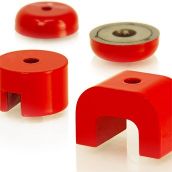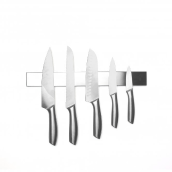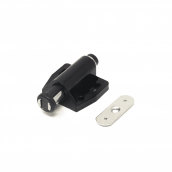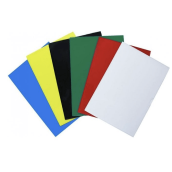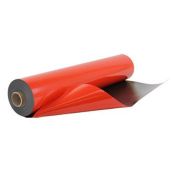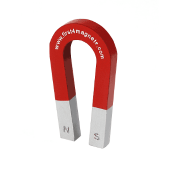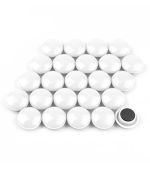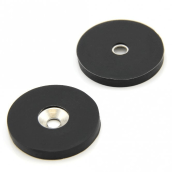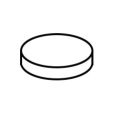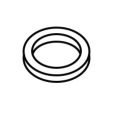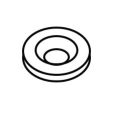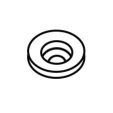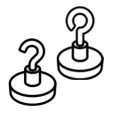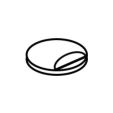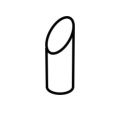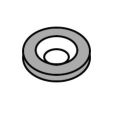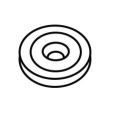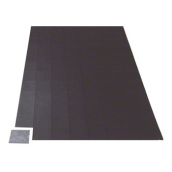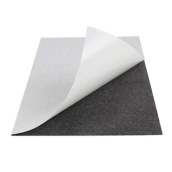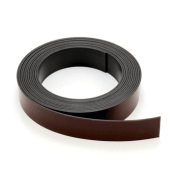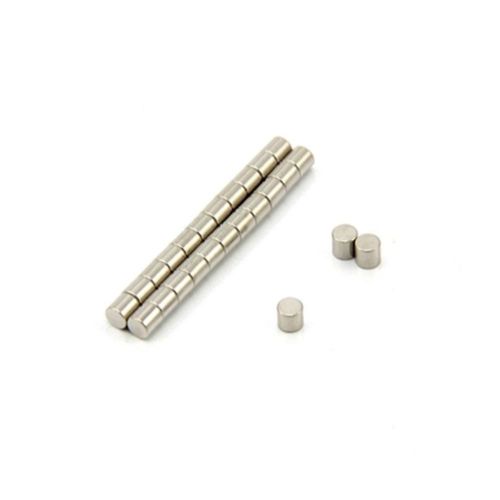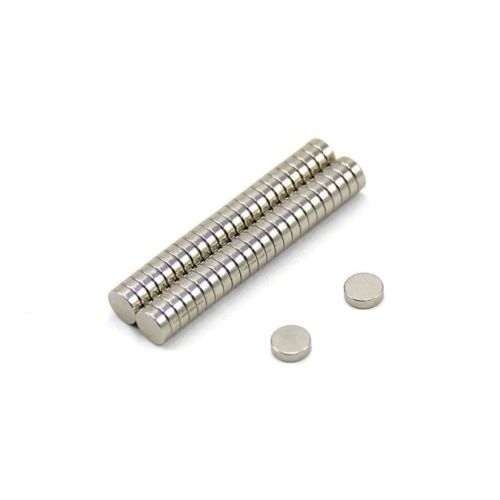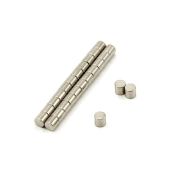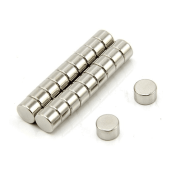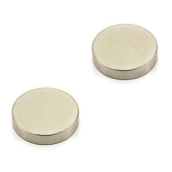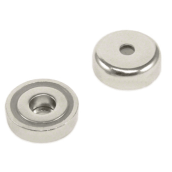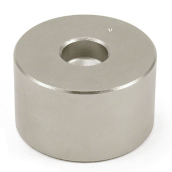What Are Ferrite Magnets

IN THE BEGINNING
The earliest reference to magnets dates back more than 2,500 years when magnetic lodestones were discovered and used by the Greeks, although earlier civilisations may also have used the naturally occurring magnetic stones. The word magnet actually comes from the Greek word ‘Magnetis Lithos’ meaning ‘Magnesian Stone’ in reference to the area of now modern-day Turkey where the stones where found.
Did you know? The first magnetic material was discovered by the ancient Greeks over 2,500 years ago!
FROM ACCIDENT TO MASS PRODUCTION
These lodestones were used by the world’s early navigators and explorers to locate the earth’s magnetic north and in 1600 William Gilbert published the first scientific study of magnetism called De Magenete. It wasn’t until 1930 that the first ferrite magnet, also known as a ceramic magnet, was produced by accident by two Japanese professors at the Tokyo Institute of Technology, Dr. Yogoro Kato and Dr. Takeshi Takei. In the 1950’s mass production of ferrite magnets began as alternatives to metallic magnets and they are now commonly used in electronic inductors, transformers and electromagnets. They have also largely displaced the earlier developed Alnico magnets as radio magnets in loudspeakers.
Did you know? The chemical composition of the first ferrite magnets was accidently discovered by two Japanese scientists in the 1930s.
CHEMICAL COMPOSITION
Ferrite magnets, also known as ceramic magnets are a type of permanent magnet and are made of the chemical compound ferrite, which consists of ceramic materials and iron oxide (Fe2O3), the chemical composition is SrO-6(Fe2O3). The raw materials used to produce ferrite magnets are strontium carbonate and iron oxide, each magnet consists of about 90% iron oxide and 10% strontium carbonate. Both materials are abundantly and economically available.
Did you know? Ferrite magnets are also known as ceramic magnets because of their electrically insulating properties and the way they are produced.
AFFORDABILITY
Because of their low production costs and their resistance to heat (up to 250℃) and corrosion, ferrite magnets are among the most popular for everyday applications. They have a much higher intrinsic coercivity than Alnico magnets making them much better at resisting demagnetisation from external magnetic fields. However, their adhesive magnetic force is much weaker than that of high-performance neodymium magnets.
For their cost, hard ferrite magnets are very resistant to being demagnetised, they also have a high magnetic permeability which enables them to store stronger magnetic fields than metallic magnets. While they aren’t as powerful as neodymium magnets, they do have good endurance and will most likely exceed the life cycle of the applications they are used in.
At first4magnets.com, all our magnets offer excellent value for money, but if price is more important than adhesive force then ferrite might be the magnet type for you. We stock a wide range of ferrite magnets for almost any application.
How to buy Ferrite Magnets
